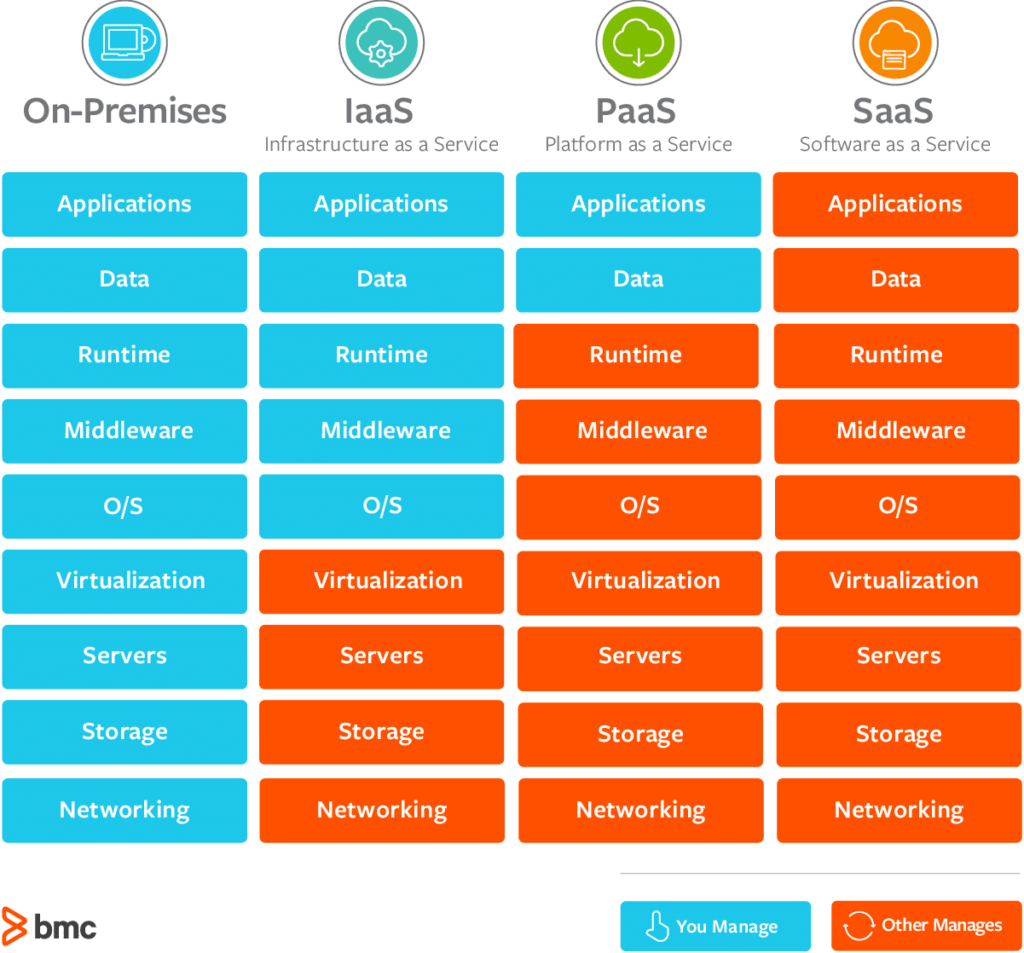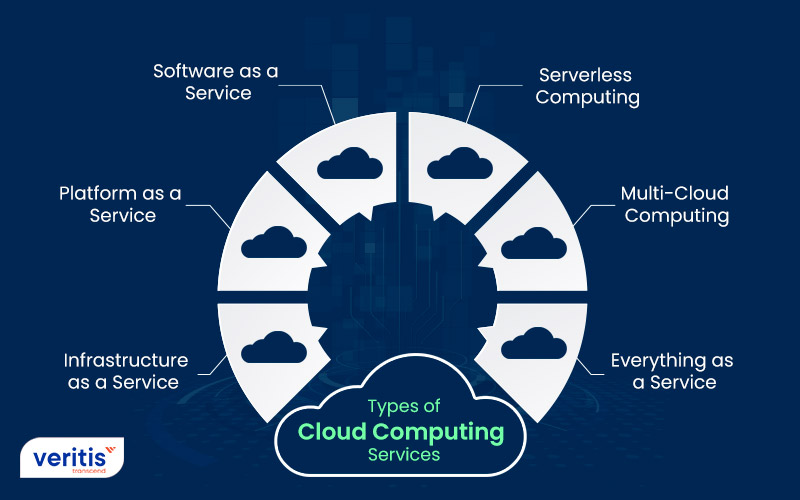Enhance Your Company with Cloud Services: A Guide to Modern Solutions
Wiki Article
Achieve Seamless Scalability With Cloud Services
In the ever-evolving landscape of cloud solutions, attaining seamless scalability stands as a cornerstone for modern-day organizations seeking to stay competitive and adaptable. The capability to easily increase or contract sources in feedback to transforming demands is a crucial benefit in today's hectic digital atmosphere. By understanding the art of scalable cloud remedies, companies can not only maximize efficiency and improve procedures yet also lead the way for future development and technology. The mission for seamless scalability with cloud solutions reveals a globe of possibilities for those happy to welcome the transformative power of dynamic resource administration.Advantages of Cloud Scalability
Cloud scalability provides organizations the flexibility to dynamically adjust resources based on demand, making sure ideal efficiency and cost performance. Additionally, cloud scalability promotes advancement and experimentation by permitting services to quickly test brand-new ideas and range them as needed. Eventually, the advantages of cloud scalability prolong beyond price savings to include enhanced efficiency, agility, and development.Key Features for Scaling
Effective scaling in cloud services relies on key functions that make it possible for companies to adjust sources dynamically based upon demand. One necessary attribute for scaling is flexibility, allowing sources to scale up or down in action to varying work. This makes certain that companies can satisfy efficiency requirements without over-provisioning resources. Another vital attribute is scalability, making it possible for systems to manage enhanced workload by including resources effortlessly. This feature is crucial for fitting development without jeopardizing efficiency. Additionally, automation plays an important function in scaling by automating the provisioning and de-provisioning of resources based on predefined policies. Automation reduces human intervention, improves performance, and ensures quick action to changing needs. Monitoring and analytics tools are likewise important for scaling, supplying understandings into source application, efficiency metrics, and possible bottlenecks. These tools allow organizations to enhance and make enlightened choices resource allocation for effective scaling. Overall, these essential functions collectively equip organizations to achieve seamless scalability in cloud solutions.Implementing Auto-Scaling Techniques
To effectively optimize source appropriation and adapt to varying work, companies need to strategically apply auto-scaling approaches in their cloud services framework. Auto-scaling enables systems to immediately readjust the number of compute resources based on real-time demand. There are different auto-scaling methods that companies can utilize, such as predictive scaling, which uses historical information to anticipate future source demands, and responsive scaling, which replies to present workload adjustments.
Finest Practices for Scalability
For organizations intending to improve their scalability in cloud services, carrying out best techniques is essential published here for optimal performance and resource administration. One trick finest practice is making applications with a microservices style. This approach breaks down applications into smaller sized, independent solutions that can be released, upgraded, and scaled individually, enabling better versatility and scalability.One more important practice is making use of containerization modern technology, such as Docker or Kubernetes. Containers allow the packaging of applications and their dependences into separated systems, making it easier to scale components independently and release them regularly across different atmospheres.
Furthermore, applying automated implementation and framework as code (IaC) can improve scalability efforts (linkdaddy cloud services). Automation tools like Terraform or Ansible assistance in provisioning and taking care of sources successfully, decreasing hands-on mistakes and making it possible for quick scalability
In addition, keeping an eye on performance metrics, establishing up notifies, and conducting normal capacity preparation are important practices to guarantee proactive scalability monitoring. By adhering to these finest techniques, organizations can accomplish seamless scalability in their cloud solutions while maximizing performance and source usage.
Surveillance Performance Metrics
When analyzing the efficiency of cloud services scalability, carefully keeping an eye on efficiency metrics is crucial for guaranteeing optimum performance and source appropriation. By constantly tracking key efficiency indicators (KPIs) such as feedback times, latency, resource, and throughput utilization, companies can acquire valuable understandings right into the health and wellness and efficiency of their cloud facilities. Keeping track of efficiency metrics permits the early detection of prospective bottlenecks or issues that could affect scalability, making it possible for aggressive procedures to be taken to address them prior to they intensify.

Conclusion
In conclusion, attaining seamless scalability with cloud services is necessary for companies to enhance efficiency, improve development, and preserve high efficiency degrees throughout peak times. By leveraging the benefits of cloud scalability, executing auto-scaling techniques, click for info using crucial attributes such as elasticity and automation, and adhering to finest methods like application design and performance tracking, organizations can efficiently scale their systems while taking full advantage of resource use and efficiency.The quest for smooth scalability with cloud solutions unveils a globe of opportunities for those prepared to welcome the transformative power of vibrant resource management.
Cloud scalability uses companies the adaptability to dynamically change resources based on demand, ensuring ideal performance and expense efficiency. An additional vital function is scalability, making it possible for systems to deal with raised work by including resources effortlessly.For companies intending to boost their scalability in cloud services, executing finest techniques is vital for optimum efficiency and source monitoring.When examining the efficiency of cloud solutions scalability, closely monitoring efficiency metrics is crucial for guaranteeing optimal functionality and resource appropriation.
Report this wiki page